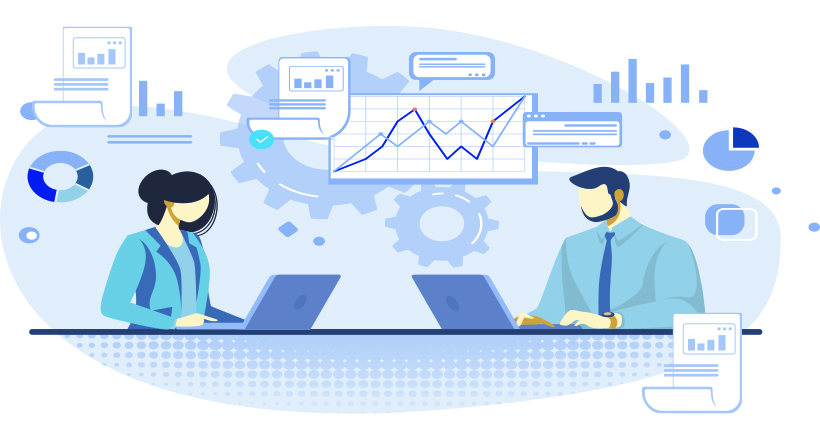Intelligent document processing offers a breakthrough to many enterprise functions, including accounts payable. Every organization has accounts payable, and the time and cost of processing invoices are considerable. While automation has helped considerably compared to 30 years ago, improvements plateaued. But intelligent document processing now solves the major impediment to faster, cheaper accounts payables processing.
Intelligent Document Processing and Accounts Payable – An Introduction
Intelligent document processing, which applies artificial intelligence, natural language processing, and machine learning to identifying, extracting, understanding, and converting data from unstructured and semi-structured documents, is revolutionizing data capture. Not only is it a boon to industries with intensive data collection demands such as insurance and health care, but all organizations in certain functions.
Accounts payable, for example, is a crucial financial operation of every enterprise. However, automated accounts payable processing requires structured digital data. There have been several attempts by companies to exchange structured data. Very large enterprises employ EDI with their large trading partners. They and other large organizations may also subscribe to proprietary networks that facilitate the electronic exchange of purchase orders and invoices.
But organizations have thousands of vendors; global enterprises typically have more than 100,000 vendors. Even for large enterprises, the chances that all their vendors have either EDI or are part of an e-invoicing network are nil. Even if a percentage do, an organization still faces tens and hundreds of thousands of invoices in either unstructured or semi-structured format, and they probably all still receive some invoices on paper. So, organizations spend time and money to capture invoice information through manual accounts payable data entry and verification.
Invoices Are Not All Alike
Invoice formats vary from vendor to vendor, and each buyer has many vendors; likewise, each vendor has many customers. This situation creates the “many to many” challenge of data exchange. A vendor cannot tailor its invoice format for every customer, just as a customer cannot tailor its PO format for every vendor.
While some suppliers send invoices to accounts payable electronically in structured formats like EDI or EIPP, most invoices even electronically transmitted are at best semi-structured documents. For example, PDFs are electronic but only semi-structured. Other document types include unstructured image files.
Enterprises still receive a substantial number of invoices on paper. A recent Forrester survey found that 47 percent of organizations still receive more than half their invoices in paper form. In addition, the research and advisory firm Ardent Partners found that only 44 percent of the average organization’s supplier base is set up to send and receive electronic communications.
For accounts payable, this means that invoice data is bound within the invoice document, whether paper or electronic and no two suppliers’ invoices are alike. The location and positions of the invoice number, amount, date, or vendor number will not be the same. Consequently, extracting data requires more than mere character recognition.
Intelligent Document Processing Applied to Accounts Payable
Intelligent document processing offers a critical advantage to accounts payable. Whether an invoice is an image of a paper document, a PDF, or text in the body of an email, intelligent document processing systems can identify, extract, and convert the data into a structured format. Thus it sets up accounts payable automation systems to match the invoice with purchase order and receiving documents or route it for requisite approval and move it to ready-to-pay.
The first step of data entry and verification represents a large part of the time and cost involved in accounts payable processing and an entry point for error. But intelligent document processing swiftly and accurately automates this step for 90 percent or more of incoming unstructured invoice documents.
Where manual entry will take several minutes per invoice, and even rules-based software between two and five minutes, IDP can capture the data in less than 60 seconds. Speed is a primary advantage. Another is the conspicuous level of accuracy. Whereas manual data entry accuracy might be only 80 percent, intelligent document processing accuracy can be 98 percent. The machine learning aspect of IDP leads to increased speed and accuracy over time.
A Critical Advance for Accounts Payable Automation
Intelligent document processing’s ability to extract data from unstructured and semi-structured invoice documents eliminates the need for manual input of invoice data, condensing this step of invoice processing and reducing overall invoice processing time and cost. Automated workflows and matching have been available for many years, but too much invoice data requires manual entry. IDP solves that problem.
Contact us for a demonstration of Emagia’s Gia Docs AI – Intelligent Document Processing.










